Model Building
Model aircraft are more than just miniature replicas — they’re a way to honor history, craftsmanship, and engineering on a personal scale. Whether you’re a beginner assembling your first kit or a seasoned builder crafting museum-quality pieces, our community supports every step of your journey.
We share detailed build guides, painting tips, material recommendations, and historical references to help bring your models to life.
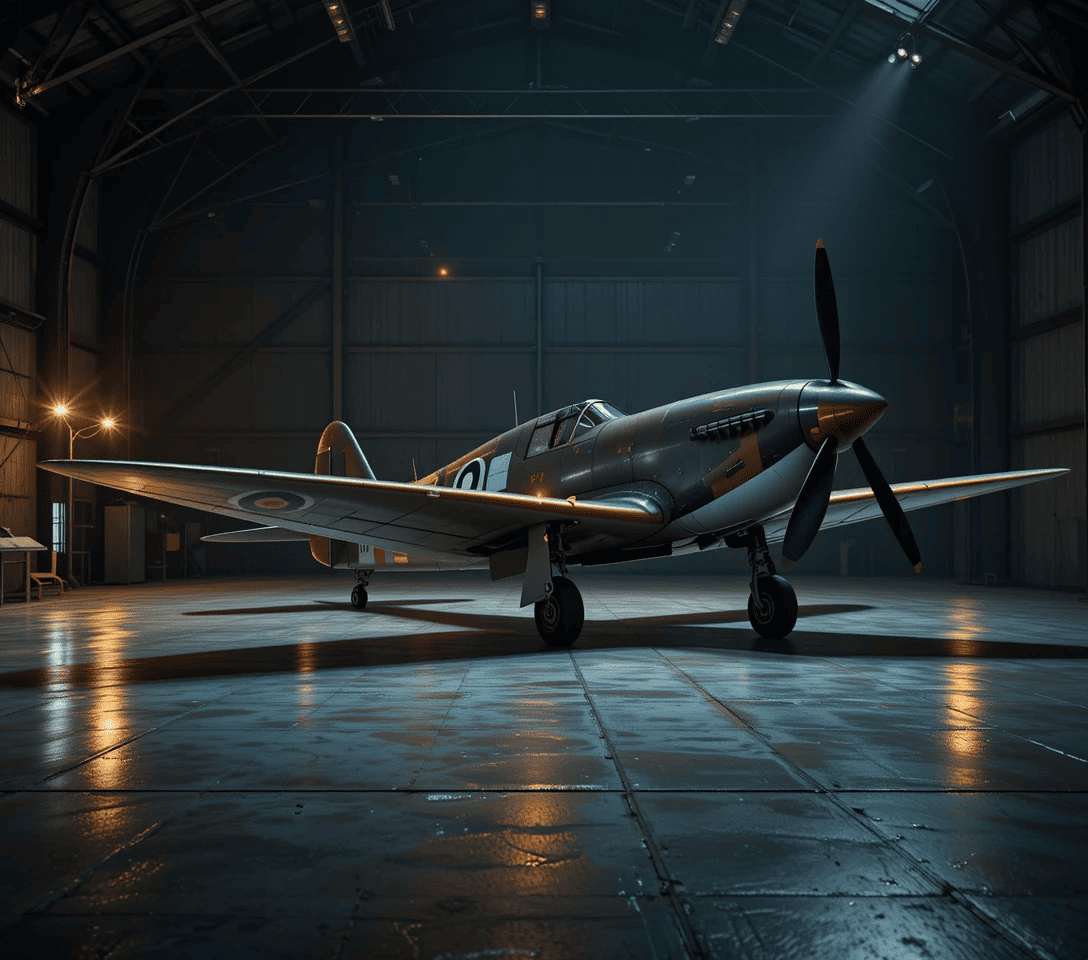
Supermarine Spitfire
The Supermarine Spitfire was designed by R. J. Mitchell in the 1930s as a short-range, high-performance interceptor aircraft. It became one of the most iconic British fighters of World War II, renowned for its elliptical wings, which gave it exceptional aerodynamic performance. Its development was driven by the growing threat of Nazi Germany and the urgent need for advanced air defense.
The Spitfire first flew in 1936 and entered service with the Royal Air Force in 1938. It played a key role in the Battle of Britain, where its speed, agility, and firepower proved essential in combating German bombers and fighters. Unlike many other aircraft of the era, the Spitfire was continuously improved during the war, with upgraded engines, armament, and flight systems.
Over its production life, more than 20,000 units were built in dozens of variants. The most famous versions include the Mk V, Mk IX, and the high-altitude Mk XIV. Each offered advancements in engine power and combat capability, adapting to new challenges posed by the Luftwaffe and other Axis forces.
The Spitfire’s legacy goes beyond combat statistics. It became a symbol of British resilience and engineering excellence. Its elegant design and vital role in defending the UK earned it a permanent place in aviation history.
Today, restored Spitfires can be seen at airshows and in museums across the world, many still flying thanks to passionate restorers who keep its spirit alive.
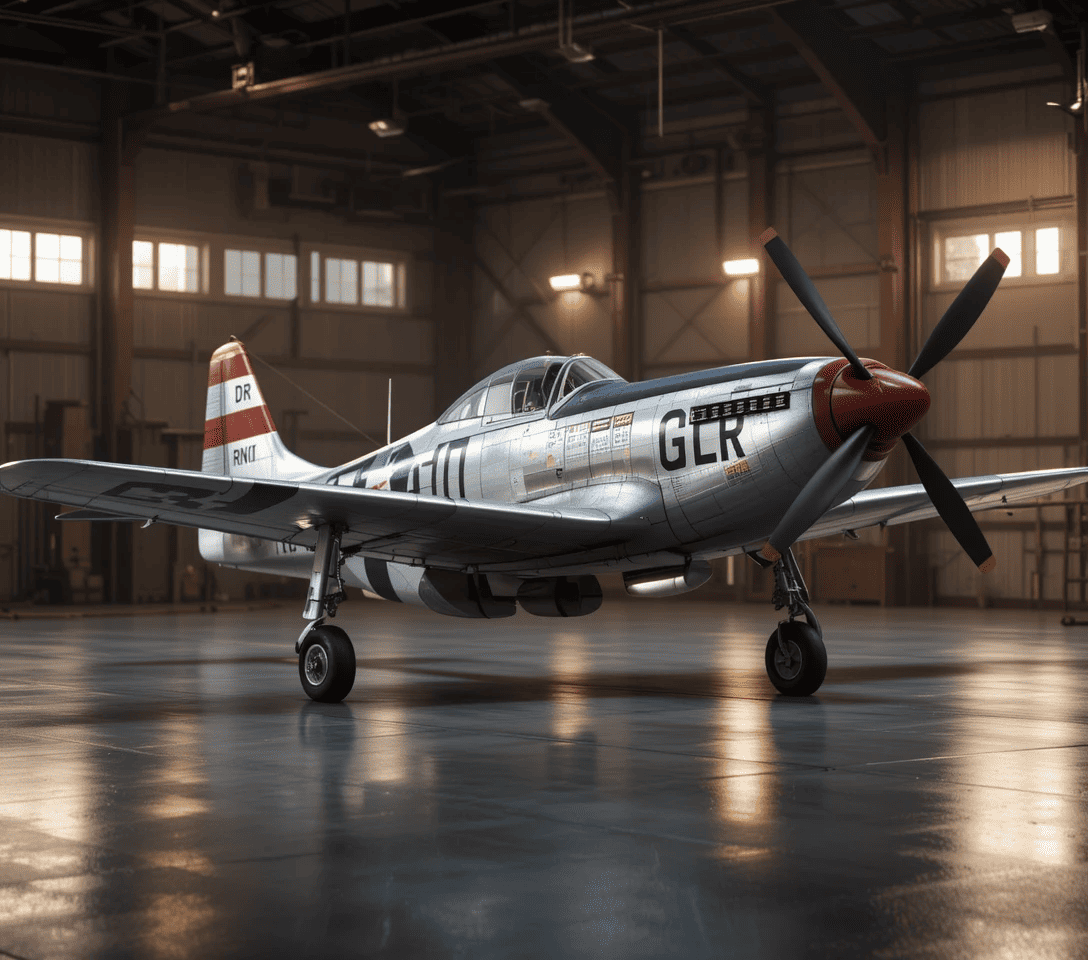
North American P-51 Mustang
The P-51 Mustang was originally developed in just 117 days by North American Aviation in 1940 at the request of the British government. The initial models used Allison engines, but the aircraft gained legendary status when it was re-engined with the Rolls-Royce Merlin, significantly enhancing high-altitude performance.
Entering service in 1942, the P-51 became the premier long-range escort fighter for Allied bombing missions over Europe. Its range, speed, and maneuverability allowed it to escort bombers deep into enemy territory and engage German fighters on equal terms.
The Mustang’s sleek, low-drag design and internal fuel capacity made it one of the most efficient fighters of its time. The P-51D variant, featuring a bubble canopy and six .50 caliber machine guns, became the most produced and iconic version of the aircraft.
Beyond Europe, the Mustang saw combat in the Pacific Theater and later served in the Korean War. Its adaptability allowed it to perform ground attack, reconnaissance, and interceptor roles well into the jet age.
Today, the P-51 remains one of the most beloved warbirds. Its legacy of performance, design brilliance, and wartime contribution continues to captivate pilots and enthusiasts alike.

Yakovlev Yak-3
The Yakovlev Yak-3 was one of the Soviet Union’s most effective fighter aircraft during World War II. Designed for close air combat on the Eastern Front, the Yak-3 was lightweight, nimble, and extremely effective at low to medium altitudes.
First entering service in 1944, the Yak-3 was an evolution of earlier Yakovlev designs, notably the Yak-1 and Yak-7. It featured a wooden fuselage and aluminum wings, making it easy to produce and maintain in the field. Its Klimov engine gave it excellent acceleration and climb performance.
Soviet pilots quickly found the Yak-3 superior to many German fighters, including the Messerschmitt Bf 109 and Focke-Wulf Fw 190, especially below 15,000 feet. Its light weight and responsive handling made it ideal for dogfighting, and it became a favorite among aces.
Despite being introduced late in the war, over 4,800 Yak-3s were produced. Its combat success and production efficiency made it a crucial asset to Soviet air superiority in the final stages of the war.
Today, only a few Yak-3s survive, many rebuilt with modern components for airshow and heritage flight use. It remains a testament to Soviet wartime engineering and battlefield innovation.
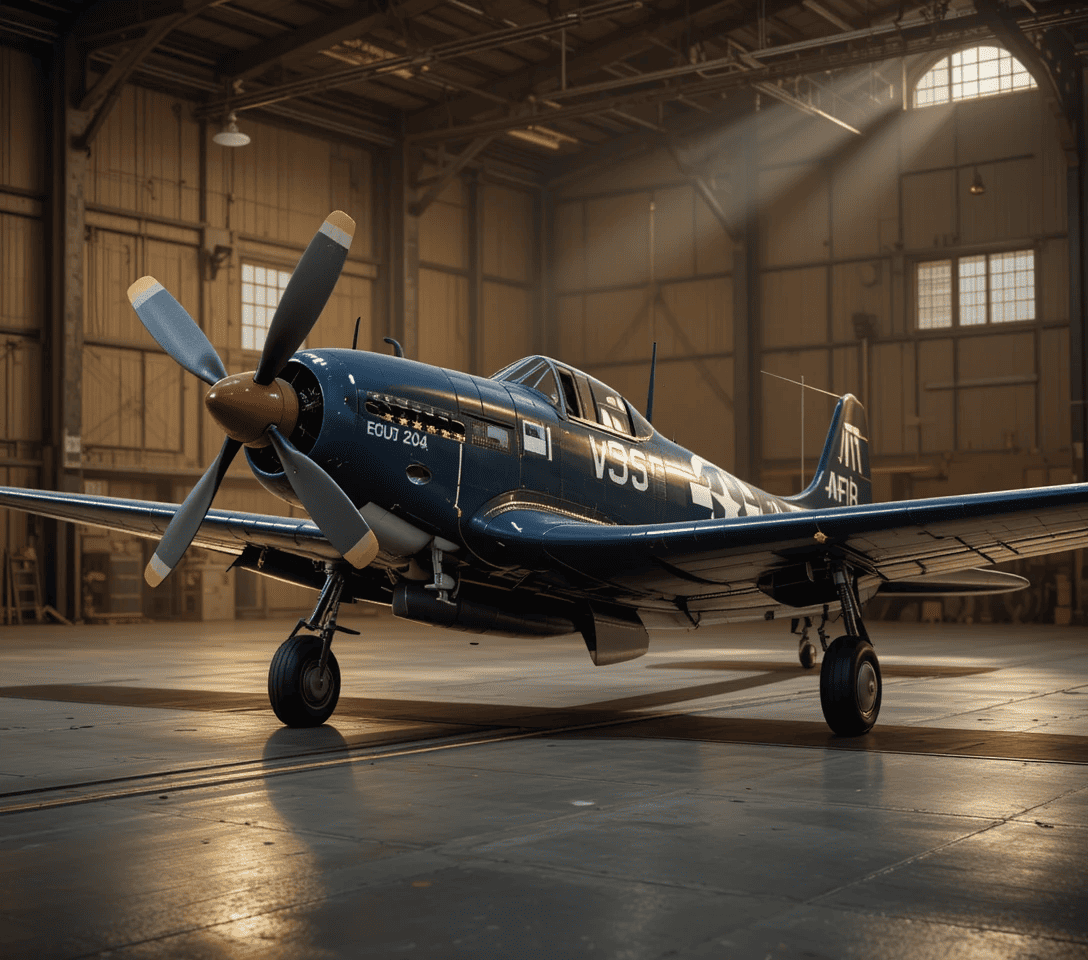
Vought F4U Corsair
The Vought F4U Corsair, with its distinctive inverted gull wings and powerful engine, was one of the most capable naval fighters of World War II. First flown in 1940, it was initially plagued by carrier landing issues but found early success with the U.S. Marine Corps operating from land bases in the Pacific.
With a massive Pratt & Whitney R-2800 engine and a top speed of over 400 mph, the Corsair outclassed most Japanese fighters of the time, including the Mitsubishi Zero. Its speed, firepower, and rugged construction made it ideal for dogfighting and ground attack missions.
The Corsair earned the nickname «Whistling Death» from Japanese troops due to its distinctive engine sound during diving attacks. As landing gear issues were resolved, it eventually returned to full carrier service and became a staple of U.S. Navy aviation.
Corsairs flew extensively in the Pacific Theater, achieving high kill-to-loss ratios and providing vital support for amphibious operations. It also continued to serve after WWII, notably during the Korean War as a ground-attack aircraft.
Today, the F4U Corsair is a crowd favorite at airshows. Its unmistakable silhouette and powerful performance keep it alive in the memory of aviation fans around the world.
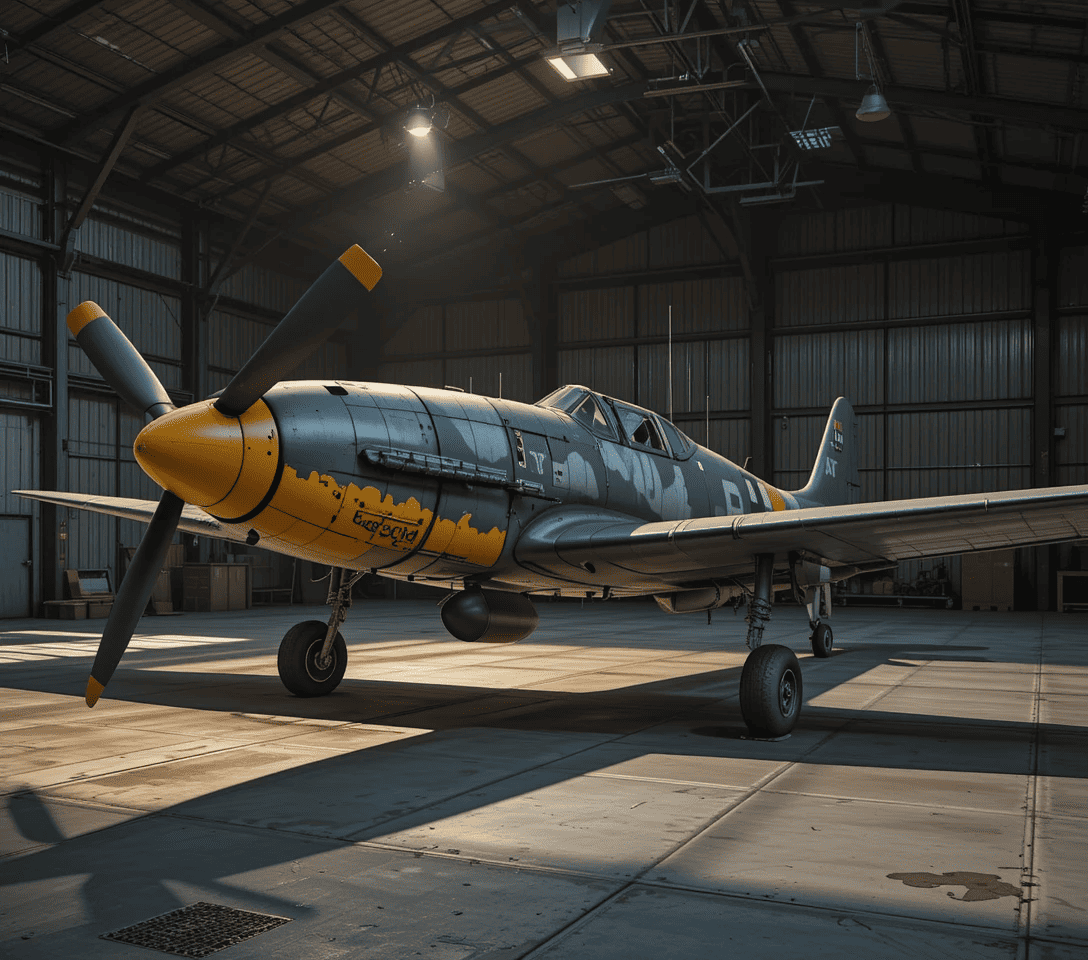
Messerschmitt Bf 109
The Messerschmitt Bf 109 was one of the most iconic and widely produced fighter aircraft of World War II. Designed by Willy Messerschmitt and Robert Lusser in the mid-1930s, the Bf 109 combined advanced aerodynamics with powerful armament, setting new standards for fighter performance at the time.
Entering service in 1937 during the Spanish Civil War, the Bf 109 quickly proved its superiority over most adversaries. Its lightweight design, retractable landing gear, enclosed cockpit, and supercharged Daimler-Benz engine gave it an edge in speed and agility. Early variants like the Bf 109E “Emil” were pivotal during the Battle of Britain.
The Bf 109 underwent continuous development throughout the war, with later models—like the Bf 109G “Gustav” and Bf 109K—featuring improved engines, weapons, and armor. Despite being a formidable fighter, it was also notoriously difficult to take off and land due to its narrow landing gear.
Used extensively by the Luftwaffe and various Axis allies, the Bf 109 served on every front of the war, from North Africa to the Eastern Front. German aces such as Erich Hartmann, the highest-scoring fighter pilot in history, flew Bf 109s.
More than 33,000 were built—making it one of the most produced fighter aircraft ever. Today, a few restored Bf 109s still fly, offering a glimpse into one of history’s most influential warbirds.
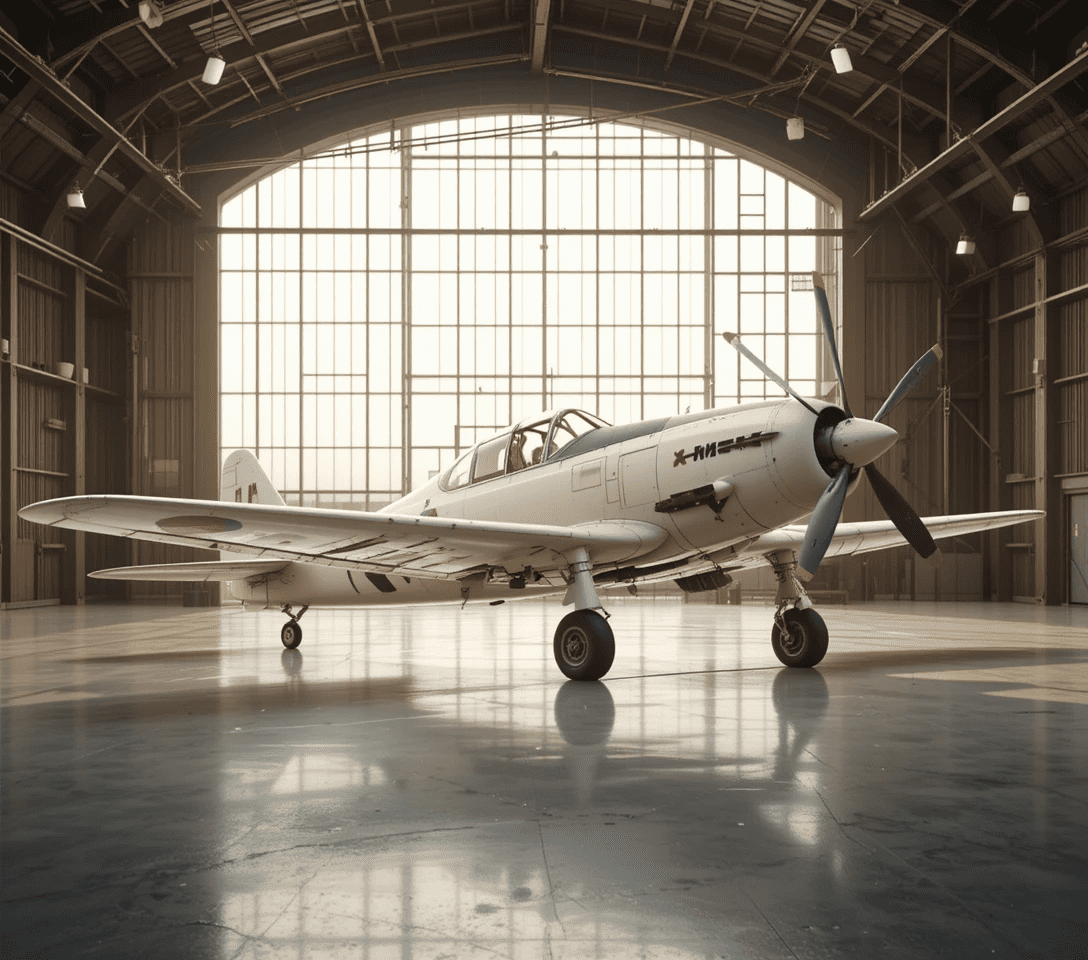
Mitsubishi A6M Zero
The Mitsubishi A6M Zero was the premier carrier-based fighter of the Imperial Japanese Navy during the early years of World War II. Designed by Jiro Horikoshi, the Zero first flew in 1939 and stunned Western observers with its agility, range, and climb performance.
At the outset of the Pacific War, the Zero outclassed almost every Allied fighter. Its light construction, massive fuel capacity, and powerful Nakajima Sakae engine enabled it to escort bombers deep into enemy territory—unheard of for a naval fighter at the time.
However, its strengths came with trade-offs. The Zero lacked armor and self-sealing fuel tanks, making it vulnerable to enemy fire. As Allied pilots adapted tactics and newer aircraft like the F6F Hellcat and F4U Corsair arrived, the Zero lost its dominance.
Despite this, it remained in service throughout the war and was used in kamikaze missions during Japan’s final defense. Its elegant design and combat legacy make it one of the most studied and recognized fighters of WWII.
Several A6Ms have been restored to flying condition, serving as powerful reminders of Japan’s early air power and the ferocity of the Pacific air war.